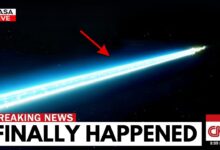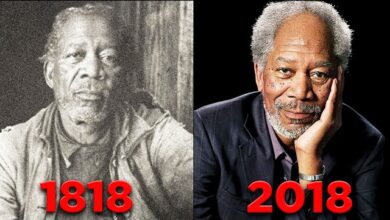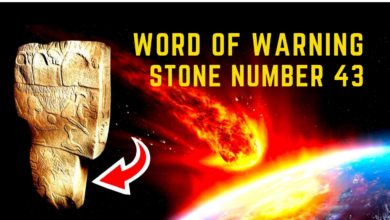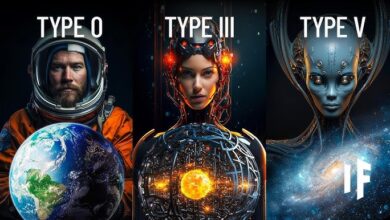Scientists FINALLY FOUND a new way to travel 10 TIMES FASTER THAN LIGHT
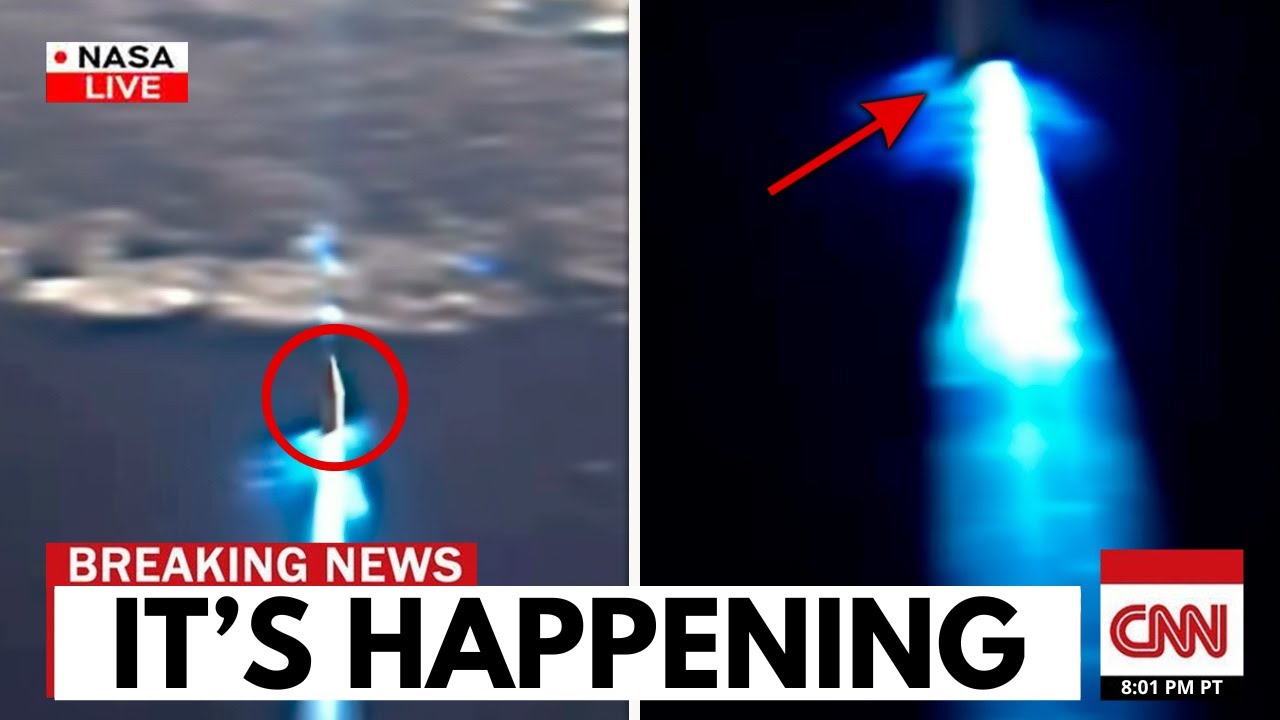
For over a hundred years, we believed the universe had drawn an unbreakable boundary — a cosmic speed limit carved into the very structure of spacetime. Nothing with mass could ever outrun light. It was Einstein’s sacred law, the ultimate barrier. Generation after generation, we dreamed within that cage. Science fiction dared to imagine warp drives, hyperspace, and wormholes — but physics always leaned in to whisper, “Nice fantasy… but impossible.”
Until now.
Behind locked laboratory doors and in the shadows of anonymous research leaks, a quiet revolution is cracking the code of the cosmos. Scientists have found not one, but several mathematically sound methods of surpassing the speed of light. And not by a small margin — we’re talking ten times faster. Ideas once dismissed as sci-fi hallucinations are now appearing in peer-reviewed journals. The future isn’t knocking at the door — it’s bending space right on our doorstep. If this becomes reality, everything changes: time, distance… reality itself.
Since 1905, light speed — about 299,792 km/s — has been an invisible ceiling haunting physicists. The closer something with mass gets to it, the more energy it demands. Reaching it would require infinite energy — a physical impossibility. Or so we thought.
Einstein’s theory limits how objects move through space, but it doesn’t forbid the movement of space itself. What if, instead of pushing a ship forward, we bent spacetime around it — like standing still while the road moves beneath your feet? That’s the loophole. And it’s no longer just a “Star Trek” dream. Mathematicians and physicists worldwide are racing to master warp fields — bubble-like distortions in spacetime that could make faster-than-light travel not only possible but practical.
Enter the Alcubierre drive. Proposed in 1994 by Mexican physicist Miguel Alcubierre, it imagined compressing space in front of a ship while expanding it behind. Inside the bubble, the ship stays still, surfing a distortion wave. From outside, it looks like it’s breaking light speed — but relativity says it isn’t. The ship doesn’t move through space; space moves around the ship.
For years, this remained an impossible dream, demanding exotic matter with negative energy — material we weren’t sure even existed. That changed when NASA physicist Harold G. White, studying the Casimir effect, detected naturally forming micro-warp bubbles — real distortions at the nanoscale. Suddenly, warp fields were no longer just theory. Energy requirements dropped from “infinite” to merely hundreds of kilograms of exotic matter. Still difficult, but no longer fantasy.
Quietly, scientists in Germany, the U.S., and Japan began independent warp experiments. In 2024, the University of Potsdam used gravitational-wave simulations to model warp fields — and the results were astonishing. They not only replicated theoretical warp bubble signatures but also found similar patterns hidden in archived data from observatories like LIGO. Warp fields, natural or artificial, may already ripple through the universe.
And here’s the twist — these patterns could be reverse-engineered. Recognize the gravitational fingerprint of an alien warp drive, and we might copy it, the way ancient humans traced footprints to learn to walk. We could imitate civilizations far beyond our own — without even meeting them.
Warp drives, once the unicorns of physics, now exist in three working theoretical models: Alcubierre’s original, the modified Natario drive, and White’s energy-efficient bubble geometry. None break the laws of physics. All sidestep Einstein’s limit — not by smashing through it, but by going around it.
The motivation isn’t just curiosity — it’s survival. Earth is fragile. We have no backup planet. Proxima Centauri b and TRAPPIST-1e are near by cosmic standards, yet unreachable without bending space. Scientists are no longer asking if warp drives can exist, but when we’ll ride one.
Warp bubbles also dodge relativity’s time-distortion problems. Inside the bubble, you don’t accelerate — you’re stationary in a calm pocket while space moves. No time dilation. No paradoxes. The universe’s “map” doesn’t need to be crossed — it can be folded.
But there’s an unsettling possibility. If warp bubbles form naturally, are they truly “natural”? Could they be the remnants of alien craft, long gone but leaving their spacetime footprints behind? If so, we might not be inventing warp travel at all — just retracing the cosmic highways of civilizations far older than humanity.
Meanwhile, silence surrounds agencies like NASA, SpaceX, and the Department of Defense. Rumors persist of classified exotic-propulsion programs. If a prototype exists, it won’t be unveiled with fanfare — it’ll be tested in secret. Whoever controls spacetime won’t just explore the future — they’ll define it.
On the Kardashev scale, humanity is still a Type 0 civilization. Warp technology would push us far beyond Type II — to a point where we don’t just travel through the universe… we reshape it. It’s not just a method of travel. It’s a doorway to a new physics, a new identity. Once we bend the laws of the cosmos, we stop being citizens of Earth. We become citizens of spacetime itself.
And the question isn’t will we do it. It’s who will do it first — and what they’ll find waiting on the other side.

